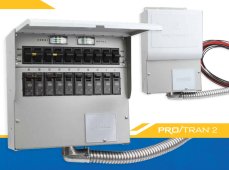Not
I would sun dry my clothes and rig up a solar thermal system for the hot water . Or move somewhere with grid access ?
Not exactly. Some inverters use a lot more than others of the same nominal size.But if you are using multiples then the idle usage stacks up.Is there correlation to inverter size and idle usage?
It often seems explained as cheap = high idle and Vice versa. However, now that it is becoming more common to see larger inverters, even “expensive” ones seem to have a fairly high idle (often similar for 2x small vs 1x large it would appear)
In the situation that someone does not have grid fallback, in your opinion, is it then preferable to take those loads you mentioned (range, laundry) and run gas? That is my intent, but I believe theres also concern with the long term cost/availability.
I would sun dry my clothes and rig up a solar thermal system for the hot water . Or move somewhere with grid access ?




